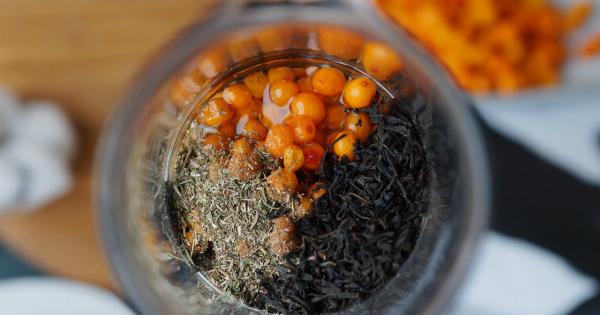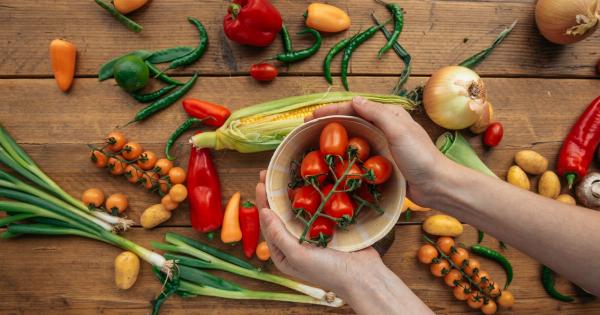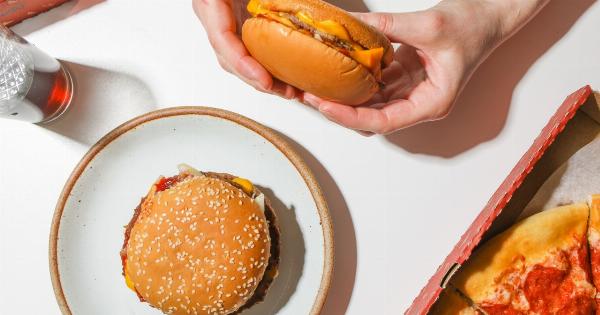As parents, we all want to provide the best for our children, including the food we give them. But did you know that some common chemicals found in food and food packaging could be harmful to kids?.
BPA and other chemicals in food packaging
Bisphenol A (BPA) is a chemical found in many plastic food containers and in the lining of metal cans. Studies have shown that BPA can interfere with the body’s hormone system, especially in fetuses, infants, and young children.
This can lead to developmental problems, behavioral changes, and increased risk of obesity, diabetes, and cancer later in life.
In recent years, many food companies and restaurants have phased out the use of BPA in their packaging, but it’s still present in some products. Look for BPA-free packaging when you shop, especially for canned foods and drinks.
Pesticides and other contaminants in food
Even if the packaging is safe, the food inside could still contain harmful chemicals. Conventionally grown fruits and vegetables are often sprayed with pesticides that can be toxic if ingested.
Meat and dairy products can contain hormones and antibiotics given to the animals.
To minimize exposure to these contaminants, choose organic produce and hormone-free, antibiotic-free meats.
If organic is too expensive, you can prioritize buying certain fruits and vegetables known to have high pesticide residue, such as strawberries, apples, and spinach. Washing and peeling fruits and vegetables can also reduce pesticide residues.
Artificial food dyes and flavors
Many common food products marketed to kids, such as cereals, candy, and fruit snacks, contain artificial food dyes and flavors. These additives have been linked to hyperactivity, behavioral problems, and allergic reactions in some children.
Limit your child’s intake of these products and choose natural alternatives when possible. Look for products with no artificial colors or flavors, or make your own snacks with fresh fruits and veggies.
Sugar and high-fructose corn syrup
Sugar and high-fructose corn syrup (HFCS) are added to many food products aimed at kids, including cereals, soft drinks, and snack bars. Excessive sugar consumption can contribute to obesity, diabetes, and other health problems.
Read food labels carefully and choose products with no added sugars, or with low amounts of natural sugars like fruit and honey. Avoid products with HFCS as a sweetener, as this sweetener has been linked to obesity and other health problems.
Reducing your child’s exposure to harmful chemicals
While it can be challenging to avoid all harmful chemicals in food and food packaging, there are some steps you can take to minimize your child’s exposure:.
- Choose fresh, whole foods as much as possible, rather than packaged or processed products.
- Buy organic and hormone-free, antibiotic-free products when you can.
- Avoid products containing BPA and other harmful chemicals in the packaging.
- Limit your child’s intake of artificial food dyes, flavors, and added sugars.
- Wash and peel fruits and vegetables to reduce pesticide residues.
By making small changes to your child’s diet, you can help protect their health and reduce their exposure to harmful chemicals.


























